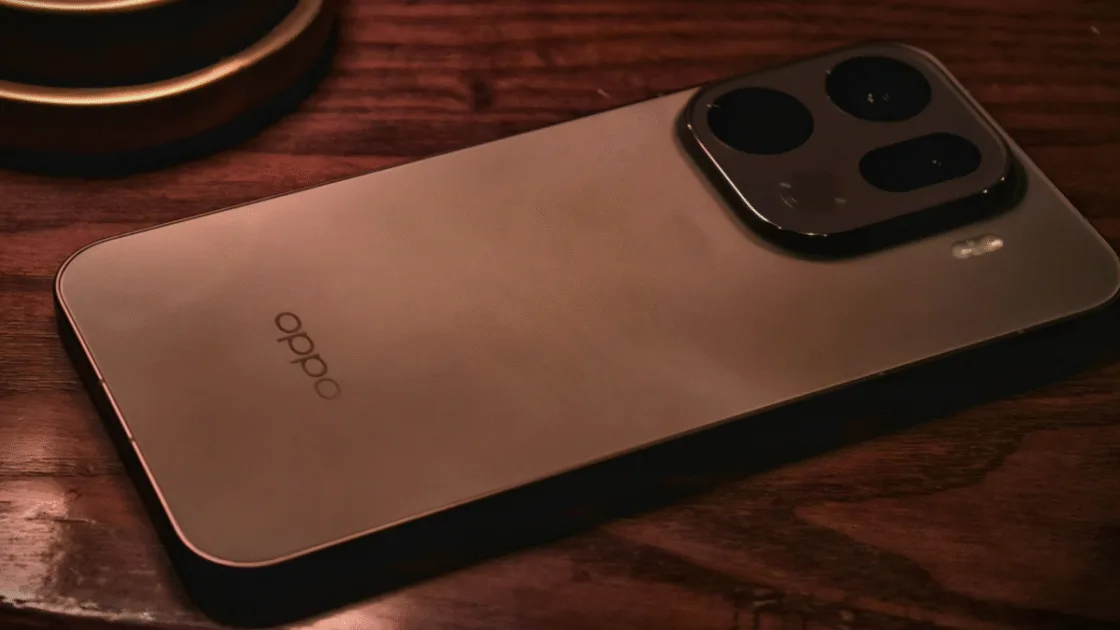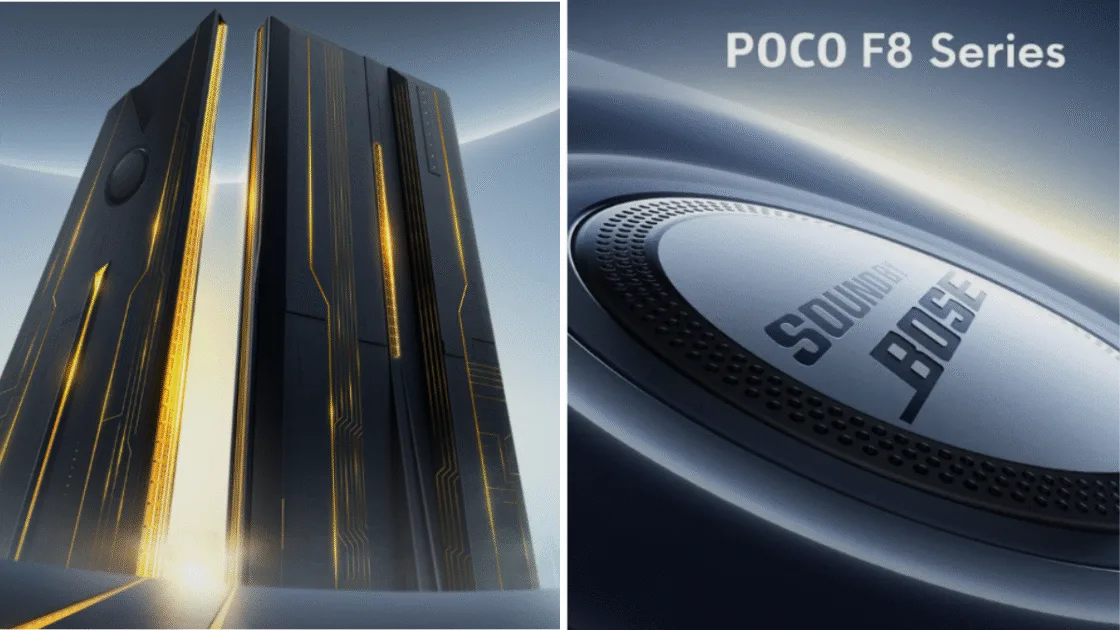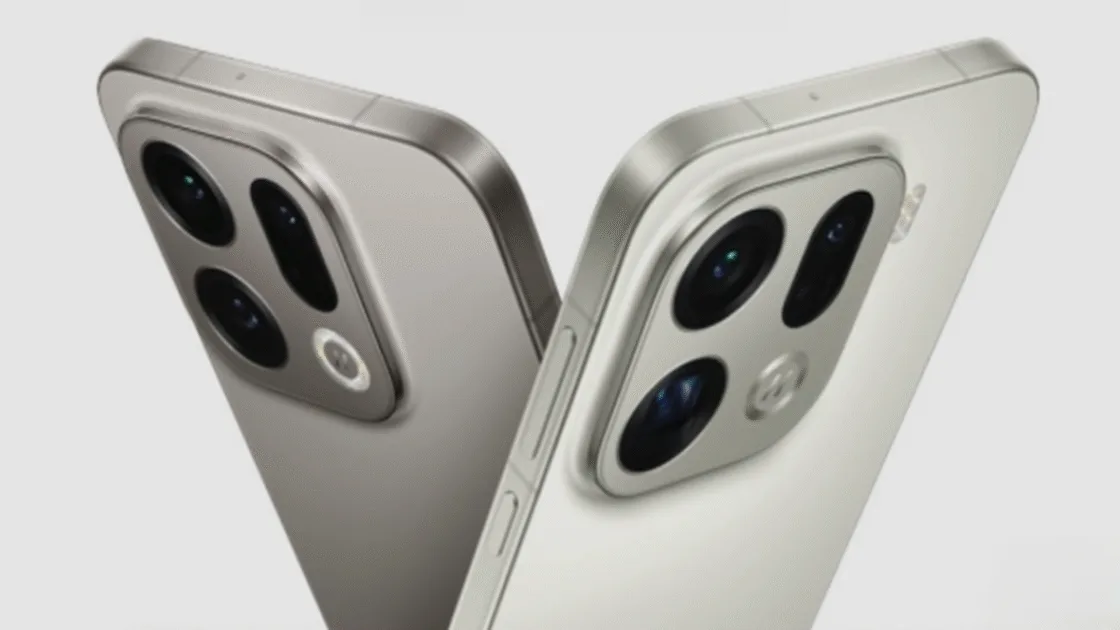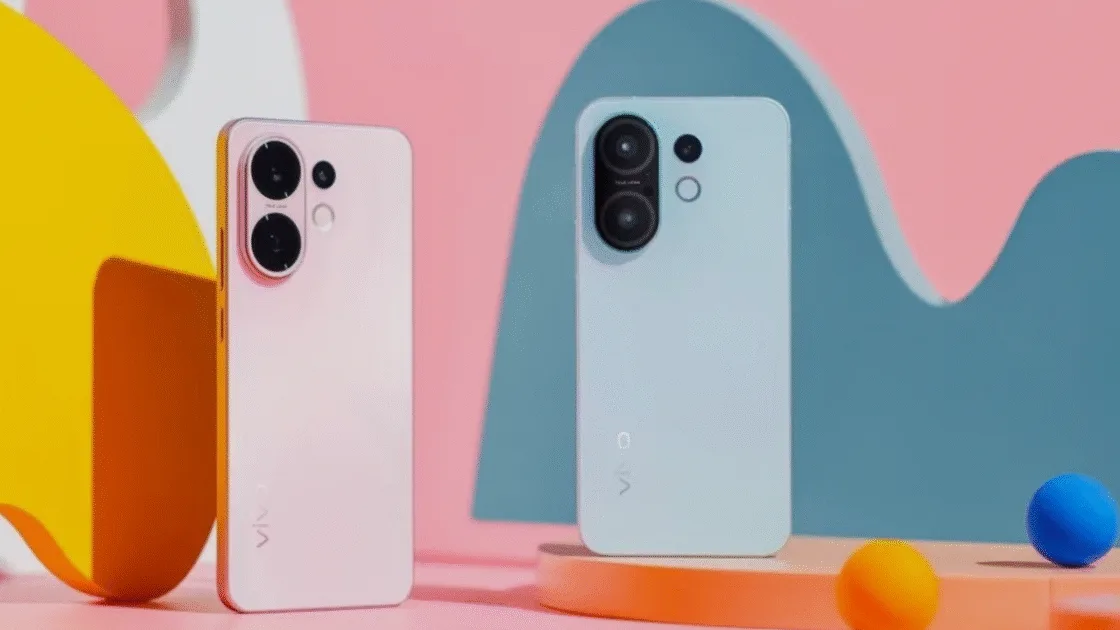OnePlus Test 240Hz Display, according to leaks, has sparked discussion among users on performance versus usefulness in actual smartphone use.
OnePlus Test 240Hz Display: According to early sources, OnePlus may be developing one of its most aggressive display updates to date, with a forthcoming flagship expected to have a dynamic refresh rate of 240 Hz. According to a recent leak, the timing couldn’t be more intriguing. Just yesterday, the OnePlus 15 was introduced in India, with a starting price of Rs 72,999. Although some have questioned its display choices, early reviews have lauded its value.
Key Details of OnePlus Test 240Hz Display
| OnePlus Club (X account with a good track record) | Details |
| Leak Source | Mixed — gamers excited, general users sceptical |
| Upcoming Feature | Dynamic 240Hz display refresh rate |
| Likely Models | OnePlus 16 or OnePlus 17 |
| Current Flagship | OnePlus 15 (1.5K, 165Hz display) |
| Previous Model | OnePlus 13 (2K, 120Hz panel) |
| User Reactions | Mixed — gamers excited, general users skeptical |
| Concerns | Battery drain, heat, limited app/game support |
| Competitor Comparison | ASUS ROG 9 Pro (185Hz), Sharp Aquos Zero 2 (240Hz in 2020) |
| Potential Advantage | Smoothest Android flagship experience |
Also Read:- OnePlus 15R Launch Nears—Snapdragon 8 Elite & 165Hz Display Expected
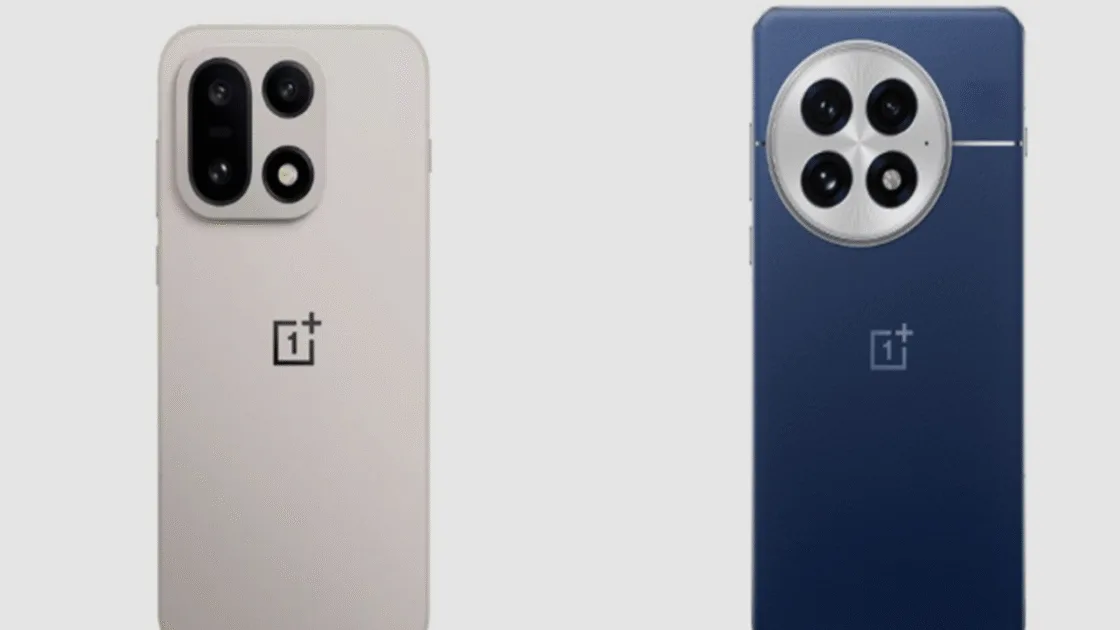
In light of this, rumours of an even quicker 240Hz screen from X account OnePlus Club—which has a respectable history of OnePlus-related leaks—have caused controversy. OnePlus should “spend that money on cameras instead,” according to several comments on X, which range from “Do we really need 240Hz?” to “Nobody needs 240Hz on a phone.” The option was welcomed by a minority set of aficionados, especially mobile gamers who like extremely fast response times.
Compared to last year’s OnePlus 13, which had a 2K, 120Hz panel, this year’s OnePlus 15 has a 165Hz refresh rate and a 1.5K resolution. Some people feel that the shift is less significant because of the lower resolution, even though the greater refresh rate is theoretically an improvement.
The ultimate goal of OnePlus for the coming years is to achieve the perfect balance between high resolution and a 240Hz dynamic refresh rate. pic.twitter.com/nIa8UMw3WG
— OnePlus Club (@OnePlusClub) November 8, 2025
To put it in perspective, other OEMs are pursuing great displays other than OnePlus. In the gaming market, companies like the ASUS ROG Phone, RedMagic, and iQOO have pushed higher refresh rates, despite the fact that popular flagships from Samsung, Apple, and Google now peak out at 120Hz.
Any in-game motion, including swipes and animations, would be extremely smooth with a refresh rate of 240 Hz. Higher refresh rates, however, result in additional expenses since they increase battery consumption, heat production, and processing load. The practical advantages for casual users will differ significantly because not all games or apps are optimised for refresh rates higher than 120 Hz. From the standpoint of purchasing advice, this makes the feature seem sophisticated on paper, but it might not be very useful in the current situation.
The OnePlus 15 offers a unique combination of 1.5K and 165Hz, while the ASUS ROG Phone 9 Pro sports an adaptive refresh rate of 185Hz with FHD+ resolution. But in 2020, the Sharp Aquos Zero 2, a non-mainstream phone, had a 240Hz display. After that, the technology was unheard of. If OnePlus chooses to market 240Hz, it will have the chance to present itself as the “smoothest” Android flagship.
Also Read:- Vivo S50 Series Leak Reveals Snapdragon 8 Gen 5 Power & Sleek Design
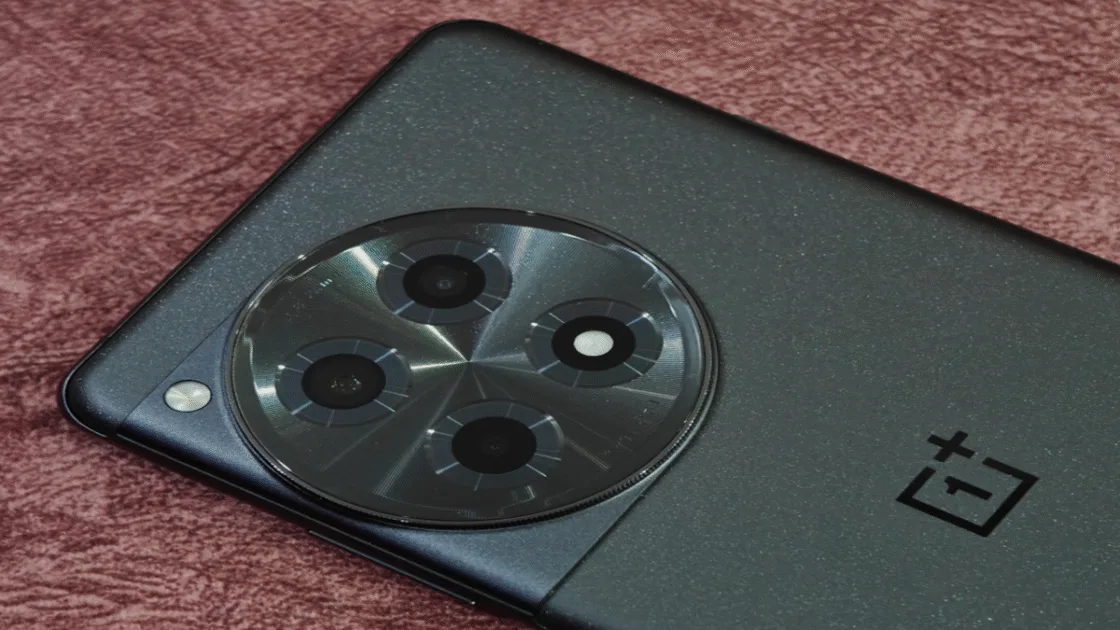
Does this, however, correspond with user priorities? Stronger camera enhancements, better thermals, and longer battery life seem to be demanded by fans on forums and social media. OnePlus may be able to sell smoothness as its distinctive experience with a high refresh rate screen, but to non-gamers, it might seem more like a spec-sheet flex than a user-centric enhancement.
Although the model that will receive the new screen has not yet been confirmed, it is anticipated to be a future flagship, most likely the OnePlus 16 or OnePlus 17. If accurate, the action would be consistent with OnePlus’s continuous policy of using display technology to set itself apart in the high-end Android market.





